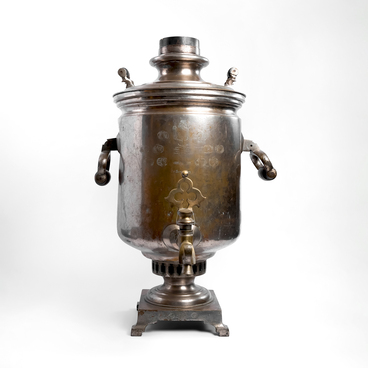Vladimir Klavdievich Arseniev, who the Museum-Reserve of Far East History is named after, was an outstanding traveler. In 1906, he got acquainted with representatives of one of the indigenous ethnic groups of Primorye — the Udehe, or Udege. During numerous expeditions, he collected a number of traditional artifacts and extensive information on this people’s culture, which was based on the animistic worldview and shamanism.
The indigenous population of Primorye believed that the whole world was animated and that all living and nonliving things on earth and in the sky were attributed with a soul. In order to live in harmony with nature, it was necessary to build relations between the world of people and the world of spirits, which gave rise to shamanism as one of the most ancient forms of beliefs. The shaman understood best of all the structure of his ethnos’ universe, reflected in the pantheon of numerous gods and spirits, which assumed material form as wooden cult sculptures.
The first research works of indigenous peoples referred to these sculptural images in different ways: ongons, syvyns, burhans, seons, and idols. Vladimir Arseniev wrote in one of his travel diaries that the Orochi and Udege people used the term “sevon” to describe the spirit helping the shaman, and “sevokhs” to refer to the image of the spirit. Currently, the term “seven” is used to denote both the spirit — an intelligent, active, but incorporeal being with magical power — and its sculptural image, which appeared to the shaman as a receptacle of the spirit. As a rule, sevens were polyfunctional, helping people as needed in different situations. They could look like a human being (anthropomorphic), a beast (zoomorphic), had an abstract geometric shape or represented a combination of them. The main material for making a seven was wood with glass beads used for the eyes. Sometimes there are also so-called medicinal sevens, which could be made of birch bark.
Representatives of the
indigenous peoples of the Far East still actively use the help of shamans.
However, as society and medical science develop, sevens are practically not
used as cult objects.



